Electric cars are so simple to drive, but when it comes to the question of electric car charging, it can often get quite complicated, quite quickly.
In our easy to understand charging guide below, we help you cut through to what's really important when looking at charging an electric car. We cover the top 5 questions that people pose time and again when thinking about everything charging:
- Electric car charging: All you need to know to get started.
- Charging locations: Where can I charge my vehicles battery?
- Smart charging tactics: When and how long should I charge?
- Charging speeds: How fast can I charge?
- Electric car charging plugs and sockets: What do I do?
1. Electric car charging: All you need to know to get started
If you have off-street parking, this is all you need to know to get started:
- Have a 7.4 kW charging point installed on your wall
- Open your cars charging flap to reveal the charging socket
- Grab the plug from the charging point and insert it into the socket
- Leave the plug in until your car is sufficiently charged. You will normally charge overnight on a cheap, off-peak tariff and wake up to a fully charged car
- Finally, remove the plug from the car, return it to the charging point, close the cars flap, and youre good to go
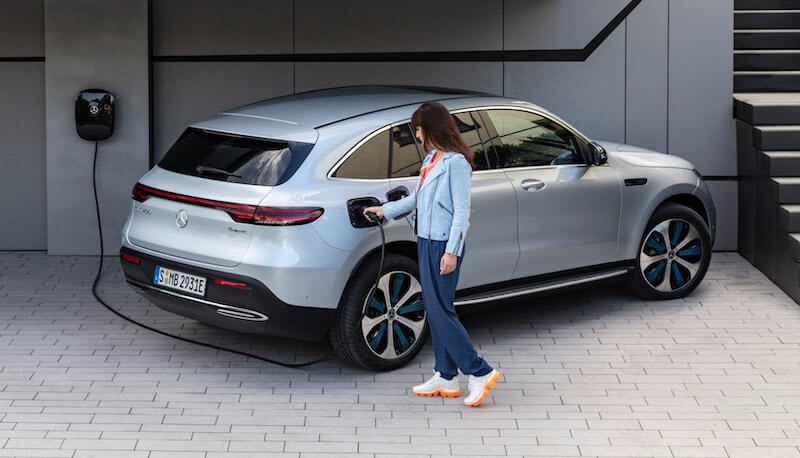
Tethered vs. Untethered Chargers
Some home chargers come with a cable permanently attached. These are known as tethered charging points. Home chargers without a cable attached are called untethered or socketed. With this type of charger, you need to use the charging cable normally stored in your boot.
You can also connect the car to a normal 3-pin socket in your house to charge up. Youll need a special cable to do this which will often come with your car. However, there are two disadvantages to charging from a 3-pin socket:
- The charging rate is very slow. It will only add about 8 miles of range in an hour, instead of roughly 25 miles with a dedicated charger.
- Its not a very safe option. The plug is not secured to the socket and could be knocked out accidentally.
2. Charging locations: Where can I charge my vehicle's battery?
If you live in a flat, or a house without off-street parking, then an electric car is still a viable proposition. You just need to work out where to charge.
Most likely, you wont need to charge every day. Many modern EVs have big, efficient batteries which means they can go a long distance before they need to be recharged. 150-250 miles on a single charge is now quite common. If you generally drive up to 50 miles or so a day, you may only need to charge up once or twice a week.
Electric car charging, if you dont have off-street parking, can be carried out at the following locations:
- Some streets already have charging points installed on lamp-posts and/or pavements. There will be many more of these built out by councils in the coming months to meet demand.
-
Supermarkets and restaurants want to attract EV drivers and are installing electric car charging points. Arrive, plug in, shop/eat, and benefit from a quick top up.
- You will also find EV chargers at many types of other common destinations such as gyms, community centres, B&Bs, cinemas, shopping centres, etc. While you go about your business, your car charges.
-
Companies are installing electric charging points for their staff and visitors. If you have a willing boss, you can potentially charge your car at work each day maybe for free.
- If you go on a long trip, you will almost certainly need to charge your car at a motorway service station. Here you will find electric car charging points known as rapid chargers. These charge your cars battery at a very fast rate, allowing you to get back on the road after typically 20-45 minutes.
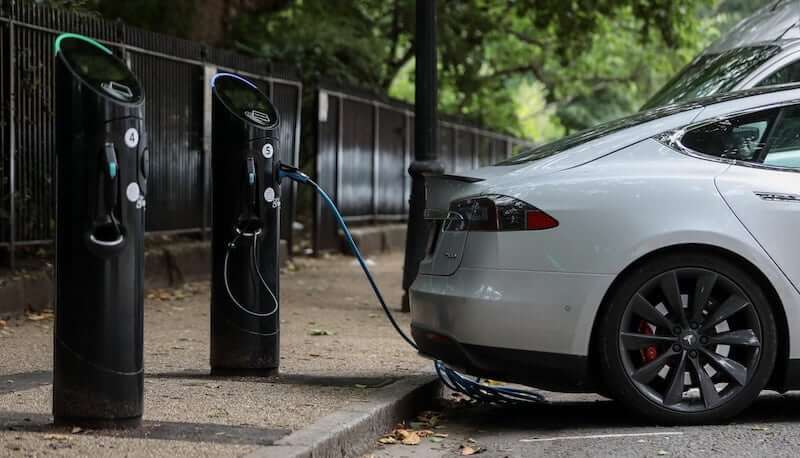
3. Smart charging tactics: When and how long should I charge?
When you charge your electric car, and for how long, depends on which of the following categories you fall into:
Electric car charging at home
If you are lucky enough to have a garage or driveway at home, with a dedicated 7.4 kW charging point, you will do most of your charging at night on an off-peak tariff.
Why? Because there are some excellent, EV-friendly electricity rates available at night which enable you to reduce your annual fuel costs by up to 90% compared to a traditional petrol car.
Depending on the size of your battery and how low on charge it is, you will generally be charging overnight for 1 to 8 hours.
Public and work-place EV charging points
If you cant charge at home or if you need a top up during the day you will either use one of the growing number of public electric car charging stations, or charge at work, or a combination of both.
EV chargers at work, supermarkets, shopping centres, gyms, B&Bs, carparks, etc., are normally quite similar to home chargers. They often have a 7.4 kW rating and will add about 25 miles range in an hour.
So the trick is to combine charging with other activities during the week if you cant charge up at home. Some of these public chargers will be free to use; others will charge a fee. If a fee is charged, it will generally be more expensive than your home electricity tariff.
Rapid charging points
If you need to inject a lot of electricity into your electric car quickly, seek out a rapid charger, usually at a motorway service station. Basically you will be waiting for 20-45 minutes while your car charges up to 80% full.
Most public rapid chargers are currently rated at 50 kW much quicker than a home 7.4 kW charger though new ones are being installed anywhere from 150 kW to an ultra-rapid 350 kW.
There are networks of rapid chargers around the country, owned and operated by different companies. Names you will come across include: Polar, InstaVolt, Tesla, Engenie, Pod Point, Charge Your Car, GeniePoint, Ecotricity, Source London, Ubitricity, Shell Recharge, Ionity, and Zero Carbon World.
You pay for rapid charging in various ways, for example: contactless, app, RFID card, and subscription. There is a huge range of pricing for rapid chargers: anywhere from free (very rare) to 25-40p per kWh and above.
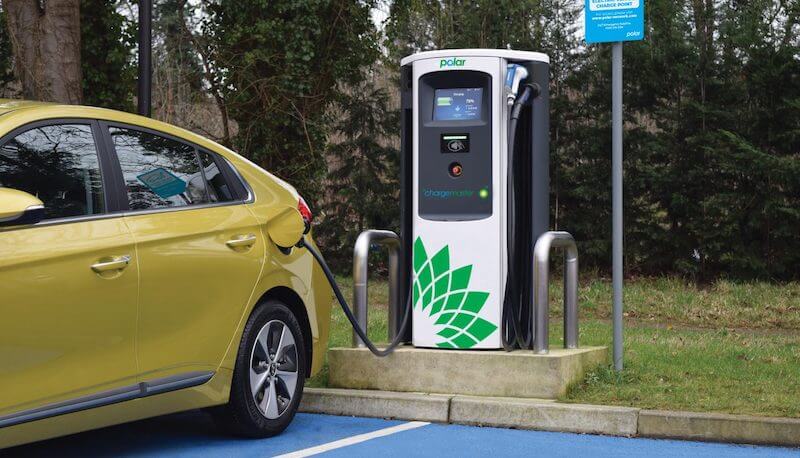
4. Charging speeds: How fast can I charge?
The next area of electric car charging that can get confusing is charging speed. There are several different types of charging point offering different speeds. In addition, your car is limited in terms of charging speeds for both AC and DC electricity supplies.
Your cars on-board charger
Your electric car has an on-board charger inside the car itself that receives the AC electricity from the charging point and converts it into DC electricity that the battery can charge with.
The charging speed of on-board chargers varies from car to car. Here are the speeds of current electric car models available to lease in the UK: 6.6, 7.2, 7.4, 11, 16.5 and 22 kW.
So, if your car has a 6.6 kW on-board charger and you plug it into a standard home 7.4 kW charging point, you will be limited to charging at 6.6 kW.
Alternatively, if your car has an 11 kW on-board charger and you plug into a 7.4 kW home charger, you will only be charging at 7.4 kW. The car could take more power, but in this case the charging point itself is limited.
Some EVs, like the Peugeot e-208, can be upgraded from a single-phase 7.4 kW to a 3-phase 11 kW on-board charger. That would give you a 50% speed bump in charging time, assuming you are plugged into a suitable 3-phase charging point (the kind you might find at work).
At rapid charging stations
Weve seen above that your electric car is limited by its on-board charger in terms of how quickly it can charge on an AC electricity supply (home, work, etc.).
Electric cars are also restricted when it comes to rapid DC charging. For example, the Jaguar I-Pace can charge at a maximum of 100 kW DC.
So, when an I-Pace is plugged into a 50 kW rapid DC charger, it can take the full 50 kW of power. However, when connected to a 150 kW DC charger, the I-Pace will only be able to charge at its maximum rate of 100 kW.
Before leasing an electric car, check its maximum DC charging rate. The faster the better to future-proof your car.
A quirk of rapid charging to be aware of: you generally only charge your EVs battery up to 80% full at rapid chargers. Why? Because the rapid charging speed between 80% and 100% is much slower than up to 80%. This is due to the automatic protecting of the battery cells as voltage rises sharply after 80%.
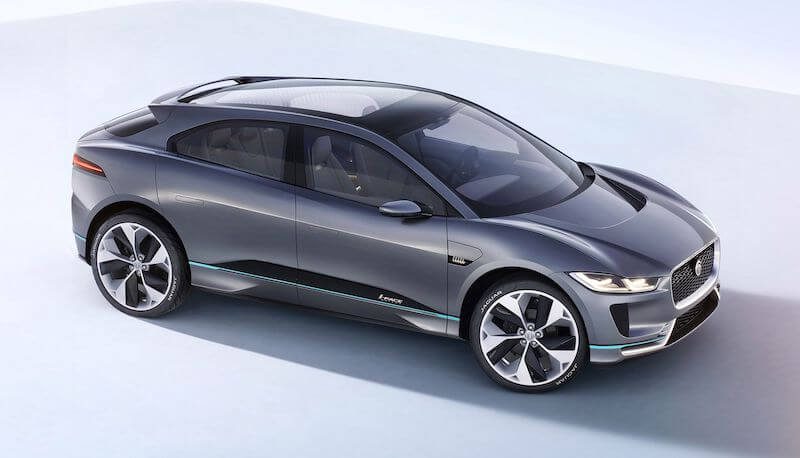
5. Electric car charging plugs and sockets: What do I do?
If you open an electric cars charging flap, you wont always see the same shape socket. In fact, some cars have two sockets rather than one. As socket shapes vary, so too do the plugs.
AC charging at home, work, and common destinations like supermarkets
Most AC charging plugs and the car sockets they go into are known as Type 2.
On some older electric cars, and new Plug-in Hybrids (PHEVs) such as the Mitsubishi Outlander, you will find a Type 1 socket instead. Type 1 sockets require Type 1 plugs.
The majority of public AC chargers are untethered Type 2. Dont forget to keep a Type 2 charging cable in your boot, otherwise you wont be able to charge. If you do have a car with a Type 1 socket, you will need to carry a Type 2 to Type 1 cable instead.
In some cars, like the Nissan Leaf, you will be presented with two, separate sockets. The socket on the right is a normal Type 2 socket for AC charging. The one on the left is a CHAdeMO socket (see DC charging at public rapid chargers below) for rapid DC charging.
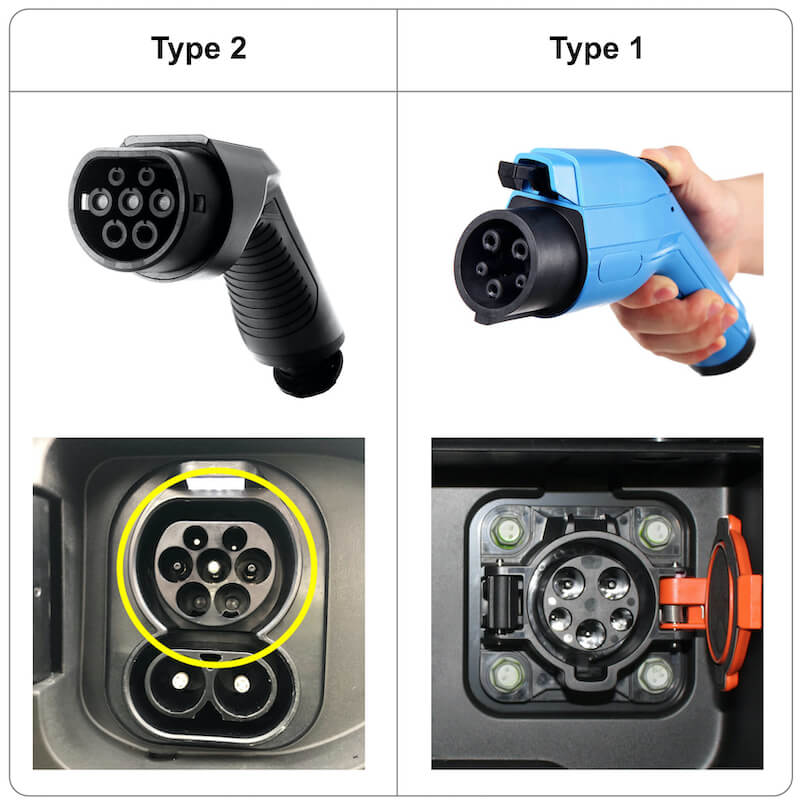
DC charging at public rapid chargers
For rapid DC charging, there are two main standards adopted by the manufacturers. It would be simpler if there were only one standard for all cars, but life is never that easy. The standards are:
CCS is also known as CCS Combo or CCS Combo Type 2. This is because the socket is a combination of a Type 2 AC socket (top half) and a CCS DC socket (bottom half). You dont need to bring your own charging cable for rapid chargers. The charging unit itself always has the relevant cables and plugs permanently attached.
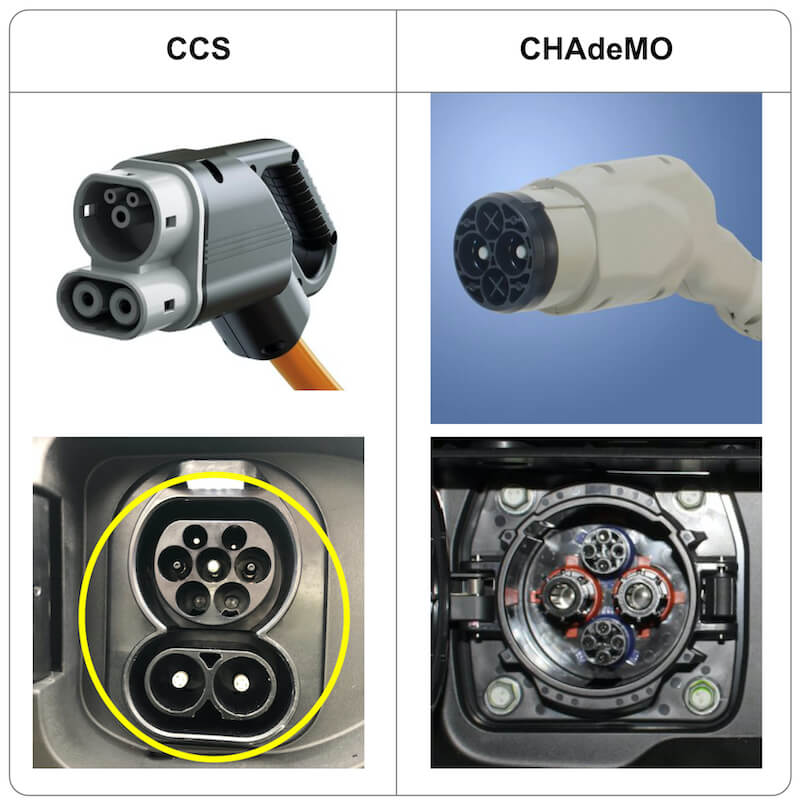
Next Steps
We hope youve found this overview to electric car charging useful. Pure electric vehicles help reduce both air pollution and CO2 emissions, as well as save you money on running costs. Electricity is much cheaper than petrol or diesel why not think about taking advantage with an electric car lease or simply visit our special offers page for all our latest deals!
In the next feature in this electric vehicle guide series, we continue with a more detailed look at everything to do with electric car range. Why not bookmark this page or sign up to our weekly newsletter to discover how electric vehicles are changing the transport landscape in 2020 and beyond.















